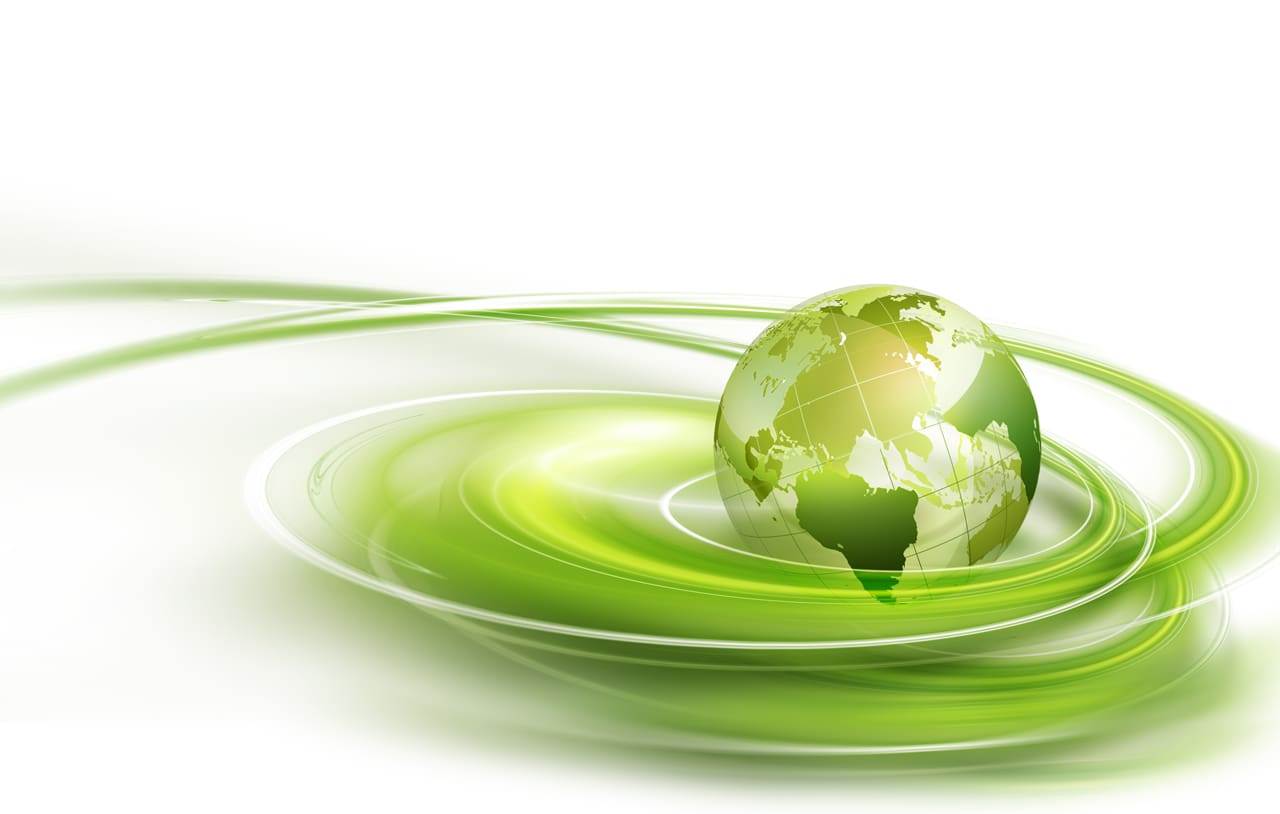Responsibility for the environment
- All our production units must hold environmental certification and make continuous improvements to reduce their negative impact on the air and water.
- We continuously invest heavily in technology development and purification equipment in our manufacturing processes.
- Working systematically according to the precautionary and substitution principles in connection with product and process development reduces our environmental impact.
- We work to conserve energy and use renewable energy to a greater extent.
- The aim is to reduce the amount of solid and hazardous waste by working with a higher level of recycling. We regularly make site visits to ensure that environmental initiatives in our operations meet our requirements.
- Established targets and metrics are followed up at company level to monitor developments and the strategic goals are followed up on a global level.
We see our environmental responsibility throughout
the processing chain and strive to reduce the environmental and climate impact of products throughout their life cycles
Climate impact
Our long-term strategy is to produce world-class solutions in sustainable energy, thereby helping the world transition to a more sustainable society and reduced carbon footprint.
In our innovative product development, we focus on reducing products’ climate impact throughout their life cycles. Intensive product development work is underway to replace today’s refrigerants with new ones that have lower climate impact, so-called GWP. Our LCE products support a shift to a smaller carbon footprint and help customers to improve energy efficiency and convert to renewable energy.
We actively buy renewable electricity (GoO certificates) for our operations globally. At the same time, we are working to increase our opportunities to produce our own electricity, for example by installing solar panels.
Environmental impact
Another great opportunity is helping to reduce environmental impact by optimising the use of materials in our manufacturing processes, which contributes to reduced waste and emissions. We are also making improvements that were identified through energy audits.
Our biggest direct environmental impact consists of the use of natural resources and metals. Other areas that have a major impact are the use of chemicals, packaging and energy and the generation of waste. Other impacts on air, soil and water are also present.
We apply the precautionary principle during the product life cycle and when we adapt our processes by conducting preventive environmental risk assessments.
Agenda 2030
NIBE’s sustainable value creation supports international initiatives. In line with our operational priorities and where we considered it possible to exert influence, we have chosen to work with seven of the 17 global goals in Agenda 2030.
UN Global Compact
We have also made a commitment to adhere to the UN Global Compact as a commonly accepted platform of mutual principles that can be applied equally by all our companies, partners and suppliers, wherever they are in the world.
NIBE supports the Agenda 2030 goals by
Making production more sustainable by using resources efficiently, using clean and eco-friendly technologies, and providing resources for research and development. (Goal 9)
Applying sustainable methods of chemical management and reducing emissions to air, water and soil. Economising resources, minimising waste, recycling and reusing more. Reporting sustainability information transparently in our reporting cycle. (Goal 12)
For statistics and more information

